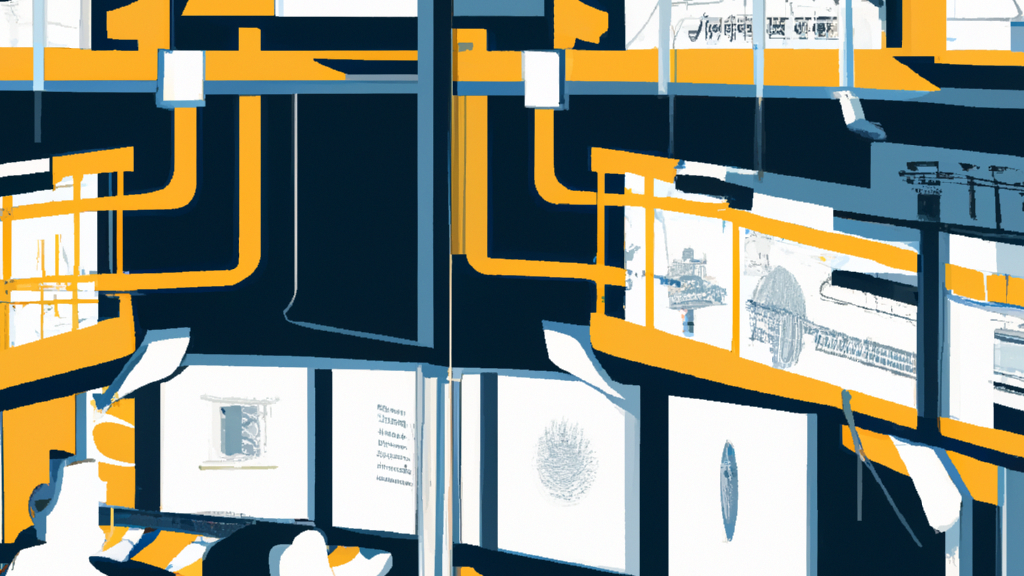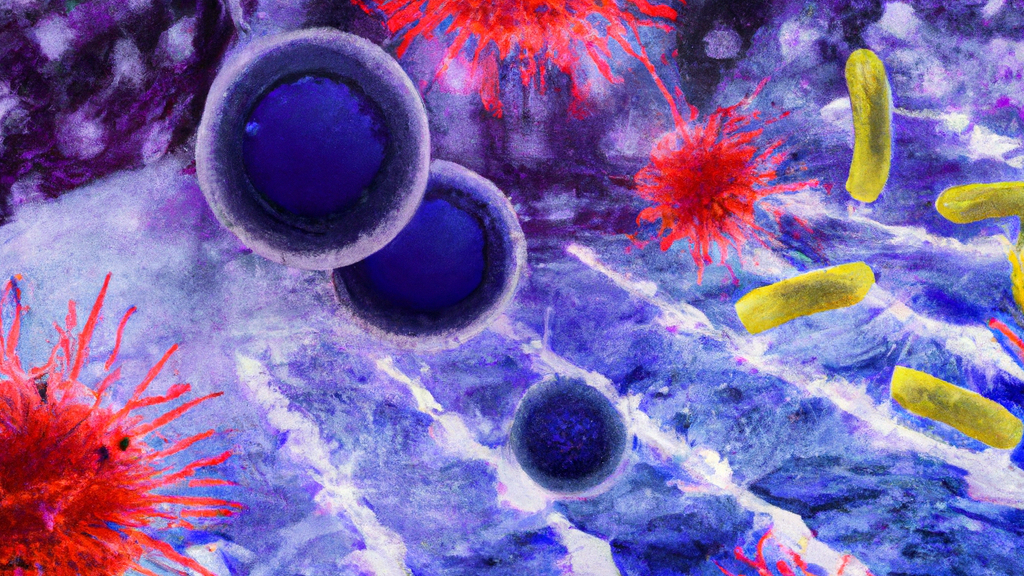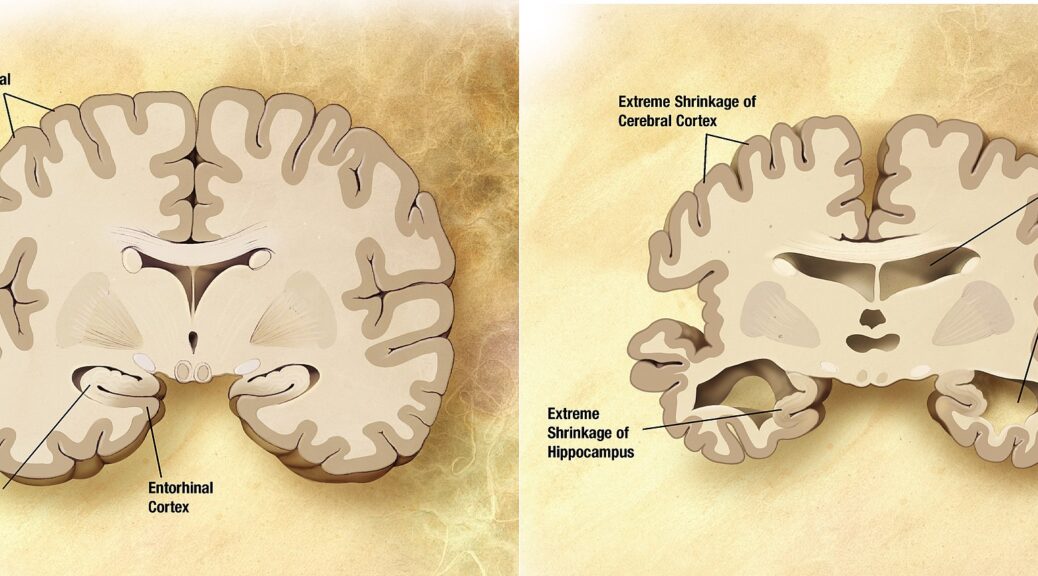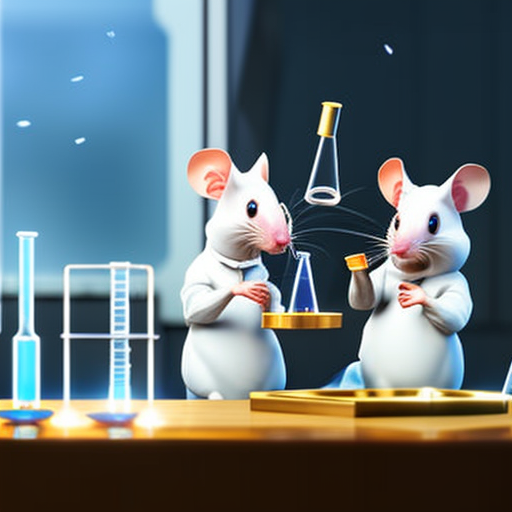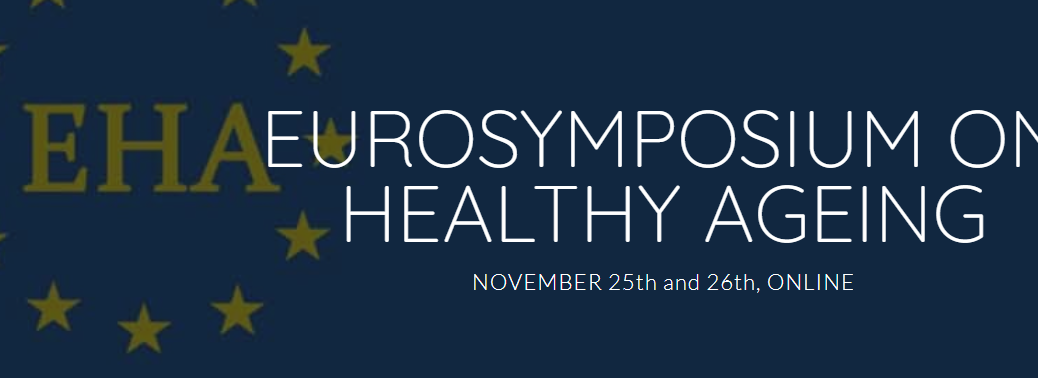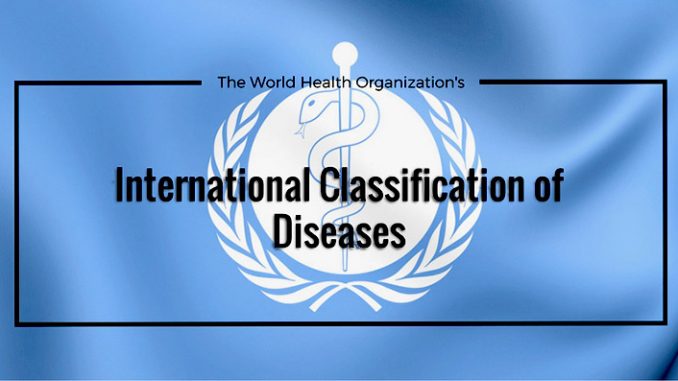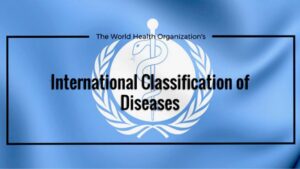Everything in human history starts out as Science-Fiction. For thousands of years, man has dreamed of flying, and today we fly without paying attention. (…) If we don’t destroy the planet first, what we’re about to see is phenomenal.
(Journalist) So it’s good news? It’s great news. We’re going to merge with technology, which will allow us to live longer and make us smarter. We urgently need to use AI to solve our problems. (…)
-Jeanette Winterson, novelist (translation, source)
This month’s theme: How longevitists could share their health and research data
Introduction
Written language was probably invented to record data more than five thousand years ago. In 2023, each day, we store more data than was conserved during the whole history of humanity before the 20th century. Today, about 30 % of all this data is health data. Medical data about older people, especially in rich countries, is stored for decades in hospitals, and medical laboratories,… and is generally available electronically. It contains detailed data available about hundreds of millions of people. Even better, we now have basic information for the large majority of the inhabitants of the planet (date of birth, vaccination, number of children, main disease and at the end of life, cause and date of death, …).
In other words, we do not only need data, but first, we need to better share and curate health data. To analyze those data and progress modestly against senescence, we already have tools. In other words, we do not only need better AI for health, we need to have better access to it.
Those questions were already approached in a newsletter 3 years ago. Fortunately, progress is fast, among other things at the European level and also -of course- concerning AI tools.
Access to data: Right to share Scientific Advancement and Intellectual Property Rights
The right to health is a universal right, one of the basic conditions for the right to life. Article 27 of the Universal Declaration of Human Rights establishes the right of everyone to “share in scientific advancement and its benefits”. Similarly, Article 15 of the International Covenant on Economic, Social, and Cultural proclaims the right to “enjoy the benefits of scientific progress and its applications”.
However, international conventions and national laws also create rights related to the protection of the interests of the authors of scientific work. In the medical field, this concerns patents, but also many other complicated rules related to intellectual property.
In theory, patents exist to make an invention known to everybody while protecting the rights of inventors and encouraging them to pursue as many inventions as possible. Practically, concerning medical research, investors generally use it to sell drugs and products invented by others. The information related to the results is often kept partly secret, so that it is more difficult for others to violate the patent rights, but also to create similar or better products.
Concerning data related to the research:
- “Positive” results will be only made public as much as absolutely necessary for the patents. Worst, they will often only be made public when the patent is available because if the information is communicated, the patent could be refused.
- “Negative” results will not be made public because they are not useful for the patents. Worst, they will often be kept secret because of bad publicity related to “failures” of the research.
Privacy, security, informed consent
In this part of the newsletter, we will mainly approach questions related to the European Union and the USA. China and other countries approach these situations in very different ways.
In theory, most European citizens should have access to their own health data. They should also have the right not to share it without informed consent thanks to the famous General Data Protection Regulation (GDPR). Some categories of data are better protected because they are more “sensitive” and health data is among those categories. Finally, in theory, informed consent is not necessary to use health data in some circumstances, one of them is scientific research.
However, practically in many European places, the situation is very different and can be summarized as:
- The citizens often do not have access to their own medical data in a simple way. In Belgium, for example, the right to access files does exist, but not yet the right to access an electronic file.
- The citizens do not have the opportunity to participate in medical experimentation and share knowledge scientifically, even if he or she wishes to do so out of personal or collective interest and even if he or she has given explicit informed consent. It is possible to participate in clinical studies, but in most cases, the results will not be shared or will be patented.
- Researchers do not have access to the detailed health data of most citizens and they have often to pay to access information.
- Medical data is often the subject of opaque and self-interested commercial transactions. As indicated above, “positive” results can be kept secret to be sold later. “Negative results” can be kept private, because they are not helpful and even could be bad for some companies selling some products.
- The development of research using artificial intelligence and « massive medical data » is slowed down, as biased and sold data potentially contains more inaccuracies.
In the USA, the situation is well described by the renowned lawyer Orly Lobel: Privacy—and its pervasive offshoot, the NDA (non-disclosure agreement)—has also evolved to shield the powerful and rich against the public’s right to know. (…) But there is much more health information that needs to be collected, and privileging privacy may be bad for your health.
Curation
Data curation is a process that improves data that doesn’t meet a quality standard due to missing or incorrect values, thereby reducing the amount of unusable data. This process includes activities like data selection, classification, validation, and remediation of disparate data that comes from multiple sources.
The curation of health data is extremely complicated
There is no single system. Healthcare data originates from multiple sources—and to/from different departments or organizations. Healthcare data exists in myriad formats: paper, digital, images, videos, text, numeric, and more, with little or no standardization. Data structure (or lack thereof) varies.
Some of the data in a health record is entered and captured into fields that can be validated and aggregated, but other information like free text and notes cannot be easily categorized.
The data is variable and complex. Information from claims data is more standardized; however, not complete as it does not tell the full patient story. But clinical data is more variable and subjective to provider interpretation.
Regulatory requirements are constantly changing. Reporting requirements for agencies continue to evolve and increase, making some data or transmission modes obsolete or less valuable.
Conclusion: What could longevists do?
We live in fascinating times. We have more data than ever. Thanks to the fast progress of AI (and potentially AGI), the search for therapies thanks to data is considerably facilitated. However, due to privacy and patent rules and profit constraints, we are not able to collect and curate enough health data.
Longevists should now publish more information on public places with as much information about how the data was collected and curated as possible.
In the longer term, we could collectively create a system that longevists and scientists can trust, managed by a non-profit organization where by default (opt-out) health data (anonymized or pseudonymized) would be stored and used for research purposes only.
The ultimate goal is, of course, to enable everyone to want to live longer, healthier lives.
The good news of the month: Discovery of chemical means to reprogram cells to a younger state. Genetic treatment improves cognitive function for old monkeys.
Using Yamanaka factors as the basis, a research team at Harvard Medical School recently published a study showing that they have identified six different chemical cocktails, which, in less than a week restore a youthful genome-wide transcript profile and reverse transcriptomic age without compromising cellular identity.
The next important step would be to introduce rejuvenated cells in old mice (or other animals) and measure their lifespan compared to a control group.
A study published in Aging Nature establishes that recombinant Klotho Treatment Improves Cognitive Function in Old Rhesus Macaques. This gives very good hope that future rejuvenation genetic treatments for humans could not only slow down and hopefully later rejuvenate our bodies but also our brains.
For more information

